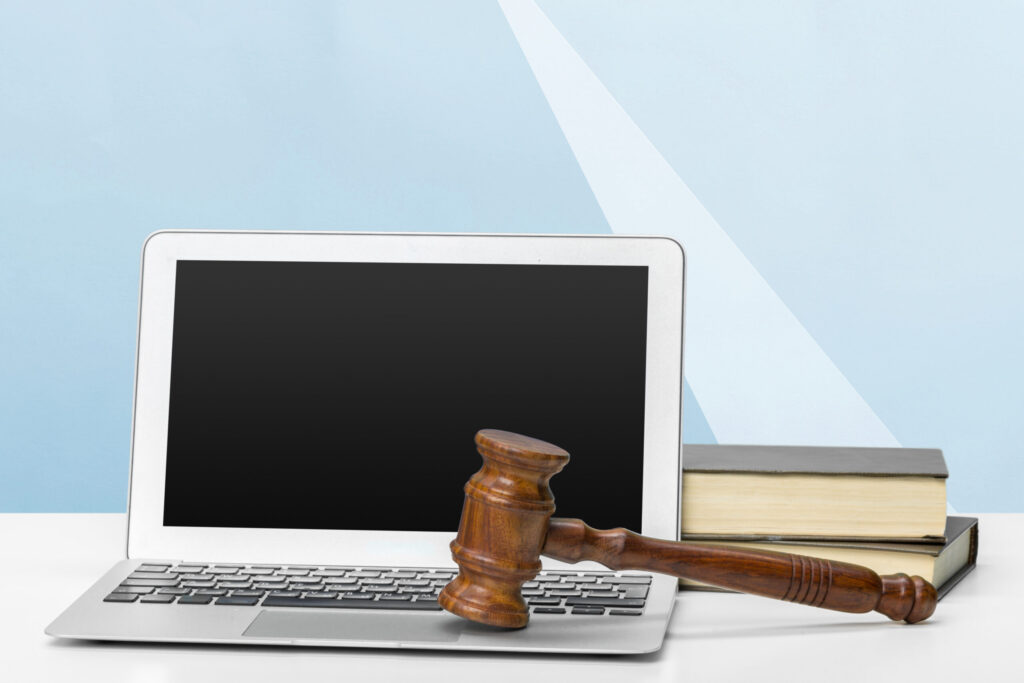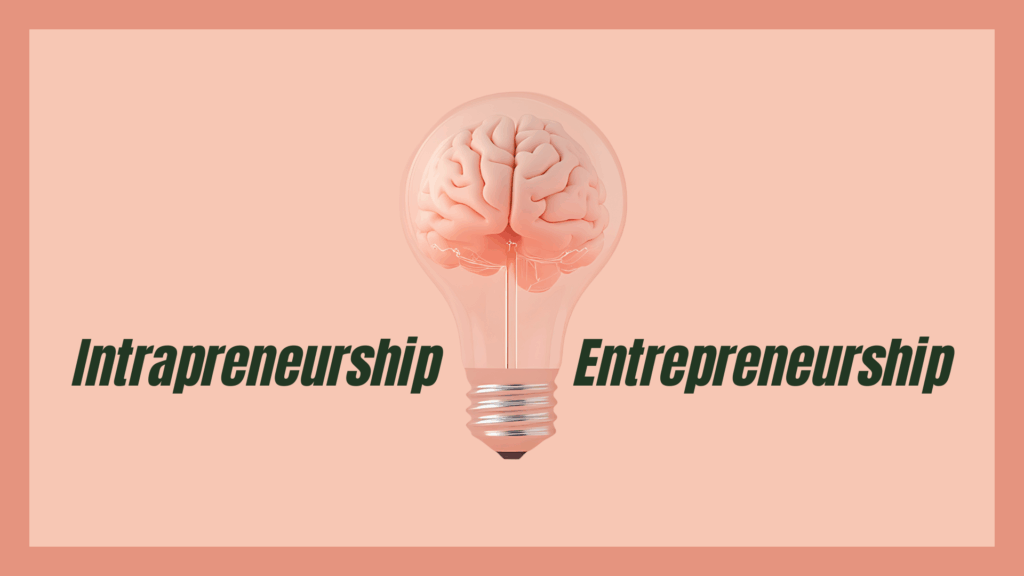Table of Contents
Whether lawyers like it or not, AI is here to change the way they work. Like most jobs, the legal professions will undergo a metamorphosis by the mainstreaming of Artificial Intelligence (AI). Lawyers will be required to use AI in their work for several reasons related to efficiency, competitiveness, and the increasing complexity of legal tasks.
The Hourly Rates Billing Might Cease to Make Sense
AI’s ability to streamline or perform repetitive tasks like document review, drafting, and legal research means that billing clients by the hour for legal staff work might soon make so sense. The traditional billing structure will likely shift to flat fees, performance-based pricing, a subscription-based model, or a combination of these. Below are how AI will invade the legal tasks
Despite its infancy, Generative AI is proving quickly its ability to handle time-consuming tasks such as document review, contract analysis, and legal research faster. AI tools can process large volumes of information quickly, enabling faster case preparation. By automating tasks, law firms and attorneys will reduce operational costs, which will inevitably be passed on to clients by the dynamics of competition among attorneys, legal firms, and Legal-tech platforms to acquire clients or grow.
Thanks to AI, startups in legal technology are emerging rapidly. Platforms such as Relativity for e-discovery, Harvey, LawGeex, Luminance, and Evisort for contract review, are already automating these processes, delivering results in a fraction of the time previously required.
These tools are revolutionizing the way law firms and attorneys approach their services, forcing them to rethink how they bill for their time and expertise.
The side effect of lower operational costs can make legal services more accessible to a broader range of clients, addressing issues of legal equity and inclusion. This might lead to the expansion of the market of legal services, thanks to its democratization.

Clients Will Demand the Use of AI
Lawyers have fiduciary duties, ethical obligations, and regulatory compliance obligations as core elements of their field’s requirements. At the top of the list of these duties, clients will expect efficient and cost-effective services that come with AI. Clients in the areas of antitrust law, intellectual property, securities and financial regulation, environmental law, healthcare law, data privacy and cybersecurity law, labor law, compliance and regulatory law, will demand first cost reduction benefit of AI due to their heavy nature in data processing and research.
The Industry Might Need Less Headcount
AI performs administrative and repetitive tasks with greater efficiency. Therefore, AI integration will reduce the need for support staff. AI can assist with research and drafting, with good follow-on prompts and minor edits. Hence, it might replace many junior associates. The fewer junior associates will perform higher-level tasks allowing them faster career growth. You can see that there will be fewer entry-level jobs and Law schools should make law students more marketable by training them on AI tools. Numerous universities worldwide are now offering courses in the intersection of law and technology as an emerging field, and degrees focusing on legal technology (Legal Tech).
The law schools at Stanford, Harvard, Georgetown, Northwestern, Suffolk, NYU in the US, Bucerius in Germany, IE in Spain, the University of Toronto in Canada, the University of Melbourne in Australia, and the Singapore Management University have all programs that equip legal professionals with the skills needed in the era of AI.
Every Lawyer Now is Called to be a Strategic Lawyer
As AI takes care of routine tasks, the value lawyers bring will come from strategy, client relationships, and acquiring a good command of the growing field of AI regulations. Lawyers will need to use AI tools effectively while ensuring that ethical standards and client privacy are not violated. The intuitive and creative aspects of the legal practice in negotiations and client relationships, cannot be automated and those will be the factors of distinction among attorneys.
AI Predictive Models in Law
Predictive AI uses data science and machine learning algorithms to forecast legal outcomes. These tools forecast litigation outcomes, jury behavior, and the effectiveness of specific arguments. For instance, “Blue J Legal” offers AI-driven predictions in tax law, providing valuable insights that help lawyers strategize. AI is used in E-Discovery, where AI sifts through massive amounts of data to find crucial relevant information in litigation and investigation cases.
Ethics and Regulation of Law and AI
Ethics and regulations apply to lawyers when using or not using AI. For lawyers using AI, some jurisdictions may require the use of certain technologies to comply with data protection laws, such as GDPR in Europe, which can be facilitated by AI tools. AI systems often come with built-in audit capabilities, ensuring transparency and accountability in legal processes.
For lawyers not using AI, many legal professional bodies, including the American Bar Association (ABA), emphasize that lawyers must stay abreast of technological changes affecting their practice. Failing to use available technology that could benefit a client’s case might be considered a breach of duty or negligence in some jurisdictions. AI systems can minimize errors in tasks like contract drafting and due diligence by consistently applying legal standards and identifying discrepancies. AI can help identify potential legal risks and compliance issues by analyzing patterns and anomalies in data.
The AI Augmented Lawyer
The genie of AI is out of the bottle and avoiding it is merely procrastinating to start. Lawyers who learn to use AI, will position themselves to stay employed. The future of law careers lies in combining human talent with AI’s capabilities. The lawyers who will harness AI to grow their strategic thinking will be the lawyers of the future.
If you enjoyed this article, please check out the Ultimate Guide to Training an AI Model here.




